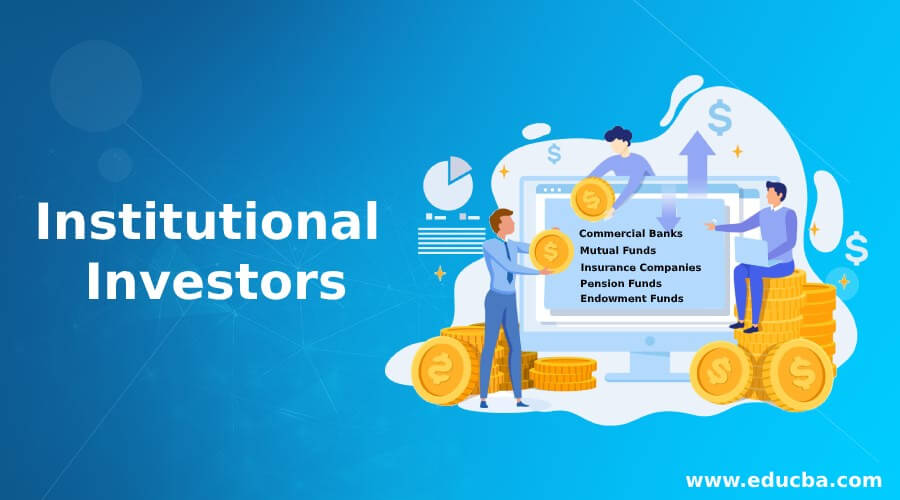Banking Professional Examination has attracted huge attention in media, social media and among banking professionals in Bangladesh in recent months over its being mandatory for promotion. It has become a buzzword and concern with huge implications in the days to come for banking sector officials. This article will shed light on all the facts and… Continue reading All About Banking Professional Examination in Bangladesh
Author: MMP
Home Insurance Policies: Unpacking the Various Types You Need to Know
The best type of home insurance depends on the individual’s specific needs and circumstances. However, a comprehensive policy that covers all major risks, including property damage, liability, and loss of personal possessions, is usually recommended. Homeowners should also consider the deductible, coverage limits, and exclusions before purchasing insurance. As a homeowner, protecting your investment with… Continue reading Home Insurance Policies: Unpacking the Various Types You Need to Know
Discover the Secrets of Finding Affordable Health Insurance
To find affordable health insurance, compare plans from different providers online and consider your healthcare needs and budget. Health insurance is an essential aspect of one’s well-being, but it can be challenging to find the right coverage that suits your budget and healthcare needs. With the rise of medical costs, it may be challenging to… Continue reading Discover the Secrets of Finding Affordable Health Insurance
Secure Your Future: The Ultimate Guide to Finding the Best Health Insurance for Young Adults
The best health insurance for young adults is affordable care act (aca) plans. Aca offers comprehensive coverage and subsidies to make it more affordable for young adults to get insurance. Navigating the world of health insurance can be overwhelming, especially for young adults who are just starting out in the workforce or attending college. One… Continue reading Secure Your Future: The Ultimate Guide to Finding the Best Health Insurance for Young Adults
How Do Hedge Funds Manage Risk?
Hedge funds manage risk by using various strategies and tools. They employ risk management techniques such as diversification, hedging, and leverage to reduce potential losses and maximize profits. Hedge funds are known for their high-risk, high-reward investment strategies. As such, risk management is crucial to their success. These funds use a variety of risk management… Continue reading How Do Hedge Funds Manage Risk?
What is the Role of Hedge Funds in Institutional Investing?
Hedge funds play a significant role in institutional investing, offering alternative investment strategies and diversification opportunities beyond traditional investments. Institutional investing involves the management of large sums of money by organizations such as pension funds, insurance companies, and endowments. Hedge funds have become increasingly popular among institutional investors due to their unique investment strategies, which… Continue reading What is the Role of Hedge Funds in Institutional Investing?




